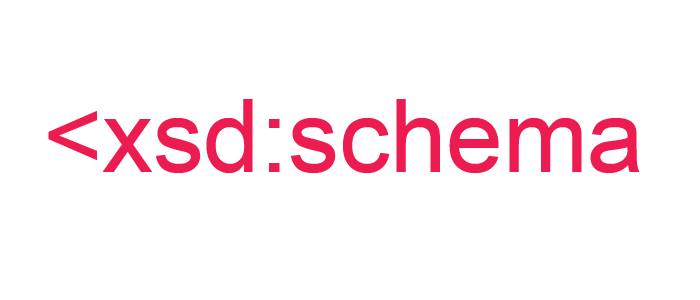
When I leant about metadata (sometime in 2001) it was in the context of eLearning, Learning Object Metadata (LOM), and it was an pretty exclusive knowledge, only a few (geeks) to use. Now, nine years after that, the use of metadata is has been democratized. The amount of information, materials and files out there is so voluminous that so far this is the best way we have found to make them searchable (and findable).
Metadata is the best way to structure data, but why and how do I structure data? Lets see some examples:
Evernote.-
One of the programs that I keep open the whole day is Evernote. As most of you probably know, Evernote is a software that stores notes from you. You can store files and websites too, but for these tasks I use other programs. Evernote is important for me to make short notes on things I might find useful at some point. The beauty of Evernote is that it works cross-platform as well as on the cloud, so you can access to your notes from anywhere.
Every time you add a new note, you can insert tags in order to have this note easier to find later. These tags are metadata that gets stored together with your files and will be useful when you try to search for specific tags.
Things.-
I talked in a previous post about Things. Every task, project, issue you add to this program has the fields for adding metadata which comes very handy when you have over a thousand objects and you need to find one of them.
Adobe Software.-
I work a lot with Illustrator and Photoshop and I produce plenty of files that, sometimes (and I will talk about this somewhen) are not in the right place. In illustrator and Photoshop (as well as other Adobe programs), you can simply go to the file info panel and you will get a very detailed panel with plenty of options to add metadata to that file. Description, rating, tags, author, copyright, etc. You dont need to do much more but adding a couple of tags talking about the client, the kind of material you are using and the campaign, for example, will make your life a lot easier in the future. One of the things some people are not aware of is that the search engine of your OS will be able to find these metadata attached to the file and retrieve those files on the search.
Photography.-
I love photography and I carry my DSLR with me whenever I have a chance, problem with this is that I end up producing thousands of pictures that later I have to process, select, and very important, tag properly. I usually create a few general tags when I import the pictures into Aperture or Lightroom, then I discard the pictures that I am not going to use, and selects the ones I want to take one step further. The later ones I also tag more exhaustively.
Good things about this tagging, I usually find the pictures when I need them. I also have the pictures labeled, and tagged for whenever I upload them to Flickr, or if I have produced some photography for stock, upload them to iStock. This way when they ask you for tags on the pictures, you are set.
Resources for the web.-
Upload content for the web like video (Youtube and Vimeo for example), you are prompt to enter some meta tags so that people will find your video. If you want your videos to be found on there services, you better have a good tagging policy, otherwise nobody will find your video (unless you have some sort of RickRoll or other internet meme to attract users).
eLearning.-
Like any other tools where you store Objects on a repository, eLearning standards like SCORM or IMS, on order to produce Shareable Content Objects, implement different XML standards to store descriptions, ownership, tags, etc.
eMail.-
I, like most people, have to deal with a lot of emails. If I take into account the emails I receive from mailing lists in all my accounts I must have a couple of hundred thousand emails stored. I have tried lots of ways to store the emails in order to be easier to find, well it never works the way it should, that important email that you need right now is never where it was supposed to be. This is why I am now using metadata to tag my emails. A tool that works very well for is MailTags for apple Mail.
All in all what I am saying here is that you should use metadata -and be smart about it!!! Hope this post gives you some ideas, I would love to hear other ways you use metadata.

Recent Comments